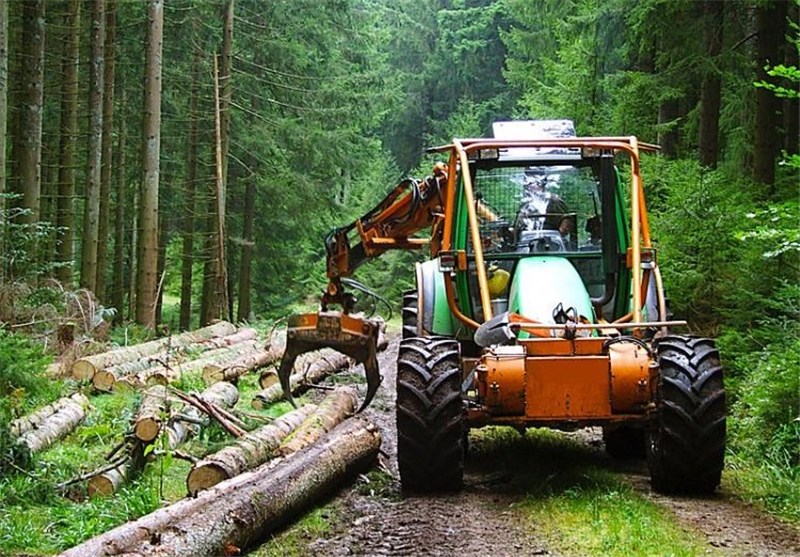Trees Designed for Easily Making Paper
TEHRAN (Tasnim) - Researchers succeeded to genetically engineer trees that will be easier to break down to produce paper and biofuel, a breakthrough that will mean using fewer chemicals, less energy and creating fewer environmental pollutants.
"One of the largest impediments for the pulp and paper industry as well as the emerging biofuel industry is a polymer found in wood known as lignin," Shawn Mansfield, a professor of Wood Science at the University of British Columbia said.
Lignin makes up a substantial portion of the cell wall of most plants and is a processing impediment for pulp, paper and biofuel. Currently the lignin must be removed, a process that requires significant chemicals and energy and causes undesirable waste.
Researchers used genetic engineering to modify the lignin to make it easier to break down without adversely affecting the tree's strength.
"We're designing trees to be processed with less energy and fewer chemicals, and ultimately recovering more wood carbohydrate than is currently possible," Mansfield noted.
Researchers had previously tried to tackle this problem by reducing the quantity of lignin in trees by suppressing genes, which often resulted in trees that are stunted in growth or were susceptible to wind, snow, pests and pathogens.
"It is truly a unique achievement to design trees for deconstruction while maintaining their growth potential and strength."
The study, a collaboration between researchers at the University of British Columbia, the University of Wisconsin-Madison, Michigan State University, is a collaboration funded by Great Lakes Bioenergy Research Center, was published in Science.
The new technique means that the lignin may be recovered more effectively and used in other applications, such as adhesives, insolation, carbon fibers and paint additives.
The genetic modification strategy employed in this study could also be used on other plants like grasses to be used as a new kind of fuel to replace petroleum.
Genetic modification can be a contentious issue, but there are ways to ensure that the genes do not spread to the forest. These techniques include growing crops away from native stands so cross-pollination isn't possible; introducing genes to make both the male and female trees or plants sterile; and harvesting trees before they reach reproductive maturity.
In the future, genetically modified trees could be planted like an agricultural crop, not in our native forests. Poplar is a potential energy crop for the biofuel industry because the tree grows quickly and on marginal farmland. Lignin makes up 20 to 25 per cent of the tree.
"We're a petroleum reliant society," Mansfield explaained. "We rely on the same resource for everything from smartphones to gasoline. We need to diversify and take the pressure off of fossil fuels. Trees and plants have enormous potential to contribute carbon to our society."





